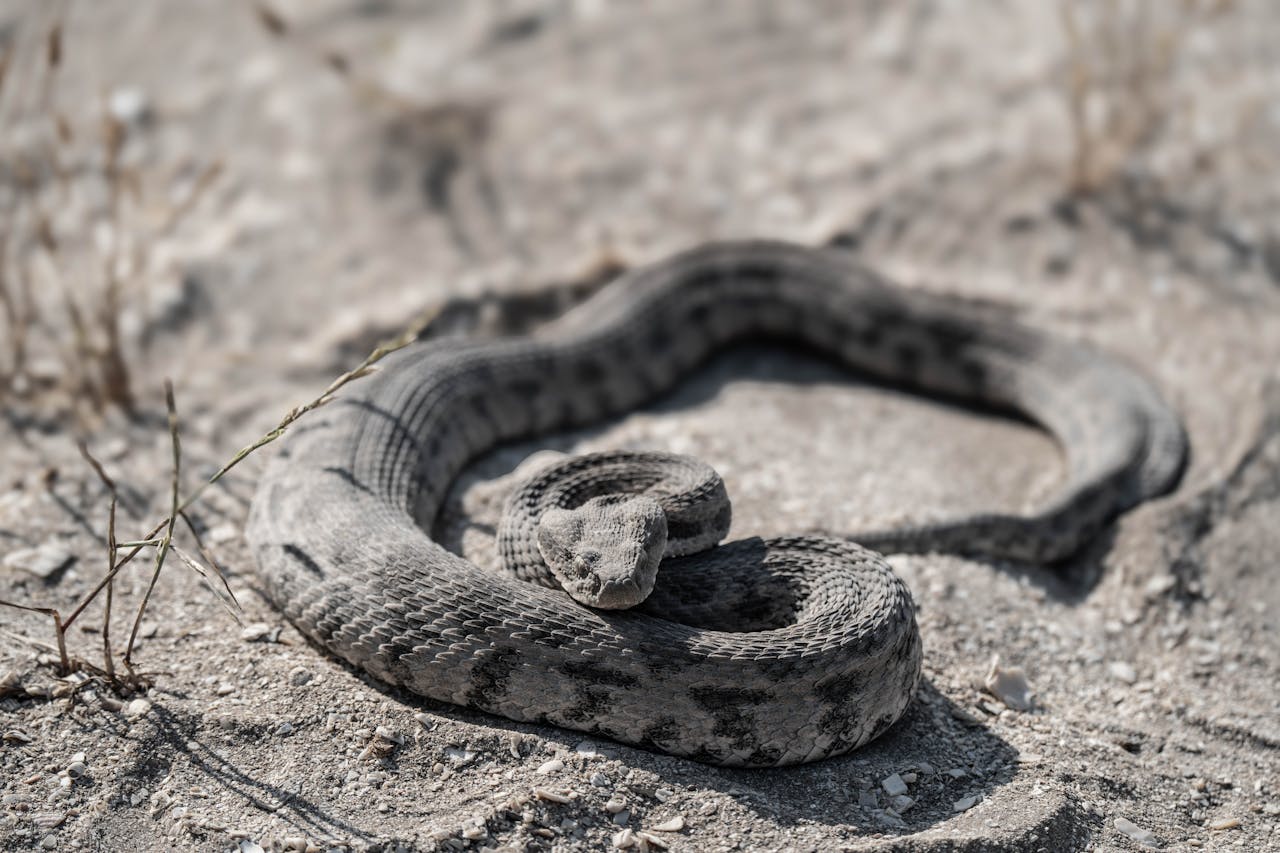In the mysterious world of reptiles, few hunting strategies are as specialized and fascinating as that of particular snake species that have evolved to detect and interpret ground vibrations. These remarkable predators don’t just passively wait for prey to stumble into their path – they actively “listen” to the earth, using sophisticated sensory adaptations that allow them to pinpoint prey movement through substrate vibrations. This extraordinary hunting method enables these serpents to locate prey they cannot see, creating a predatory advantage that borders on the supernatural. From the formidable sidewinder rattlesnake to the stealthy sand boa, these vibration-hunting specialists have perfected a technique millions of years in the making, turning the slightest tremor into a dinner bell.
The Science of Seismic Sensing
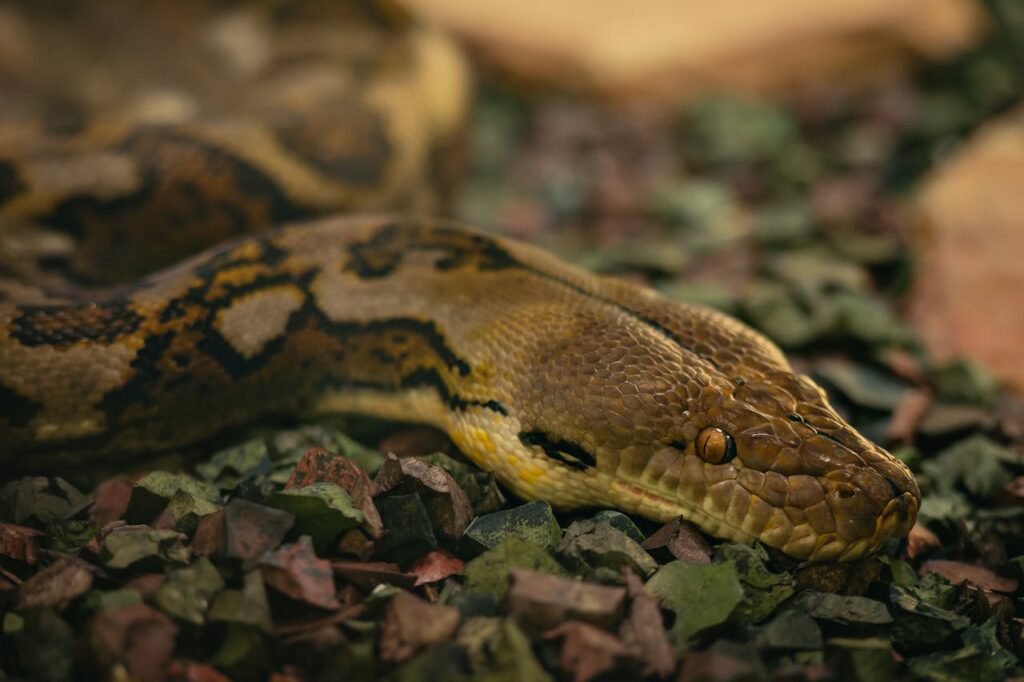
At the heart of vibration-based hunting lies an intricate biological system specialized for detecting minute ground movements. Unlike mammals who primarily rely on ears for hearing airborne sounds, these specialized snakes have evolved to “hear” through their bodies. Their jawbones and internal organs can detect vibrations traveling through solid substrates like sand or soil, effectively turning their entire body into a seismic receiver. This remarkable adaptation allows them to distinguish between irrelevant environmental vibrations (like wind-blown vegetation) and the telltale movements of potential prey. Research has shown that some species can detect prey movements from distances exceeding six feet underground or through dense vegetation, giving them a significant hunting advantage in environments where visibility is poor.
The Sidewinder’s Sophisticated Strategy

The sidewinder rattlesnake (Crotalus cerastes) represents one of the most advanced vibration hunters in the snake world. Native to desert regions of the southwestern United States and northwestern Mexico, the sidewinder has perfected its hunting strategy in the shifting sands of its arid habitat. When hunting, the sidewinder positions its body in a J-shape, creating maximum contact with the ground to detect approaching prey. The snake’s specialized scales and muscle structure allow it to remain exceptionally still while maintaining heightened sensitivity to ground vibrations. When a kangaroo rat or lizard creates telltale vibrations in the sand, the sidewinder can pinpoint its location with remarkable precision, striking with deadly accuracy even in complete darkness. This adaptation is particularly valuable in desert environments where prey is scarce and hunting opportunities must not be wasted.
The Sand Boa’s Subterranean Surveillance
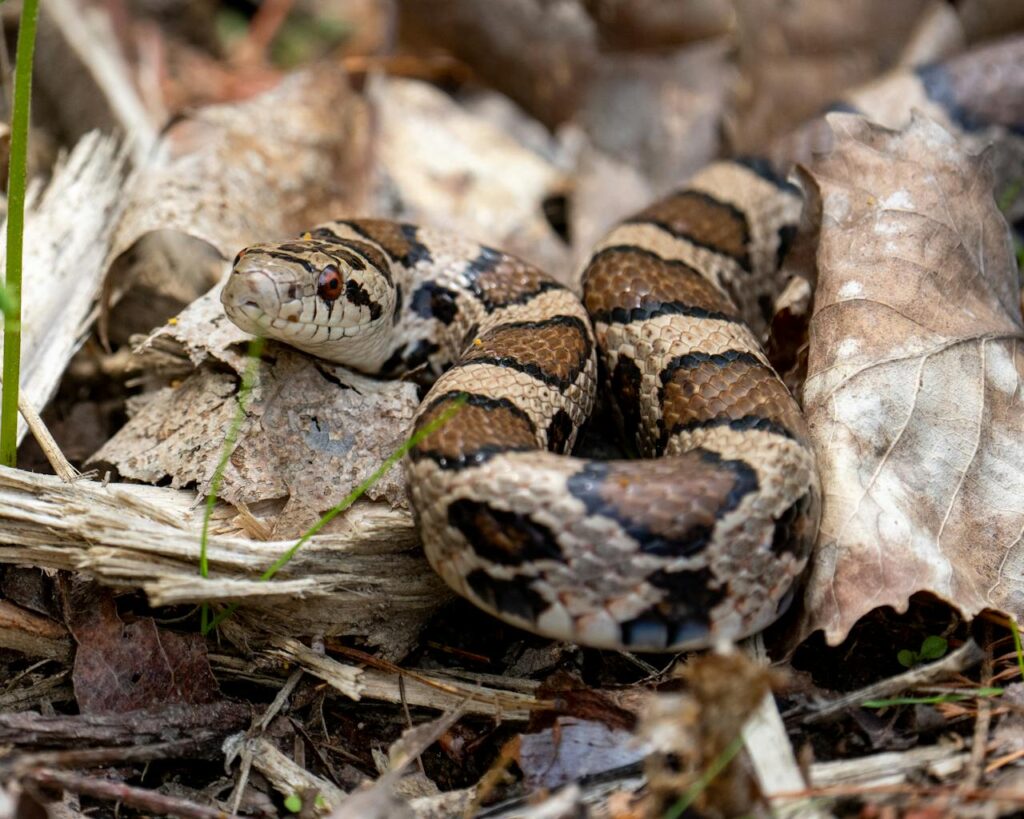
Sand boas (genus Eryx) have taken vibration hunting to new depths – quite literally. These stocky, predominantly subterranean snakes spend much of their lives partially or completely buried beneath loose soil or sand, with often just their eyes and nostrils exposed. Their cylindrical bodies are exquisitely attuned to detect the slightest ground movements created by small mammals, lizards, or other potential prey moving above. The sand boa’s hunting strategy involves patiently waiting beneath the surface until vibrations indicate prey is within striking distance. When the moment is right, the snake erupts from its hiding place with explosive force, grabbing its prey in powerful jaws before rapidly retreating underground to consume its meal. This ambush technique, guided entirely by seismic sensing, allows sand boas to successfully hunt in environments where visual hunting would be impossible.
Pit Vipers: Combining Heat and Vibration Detection
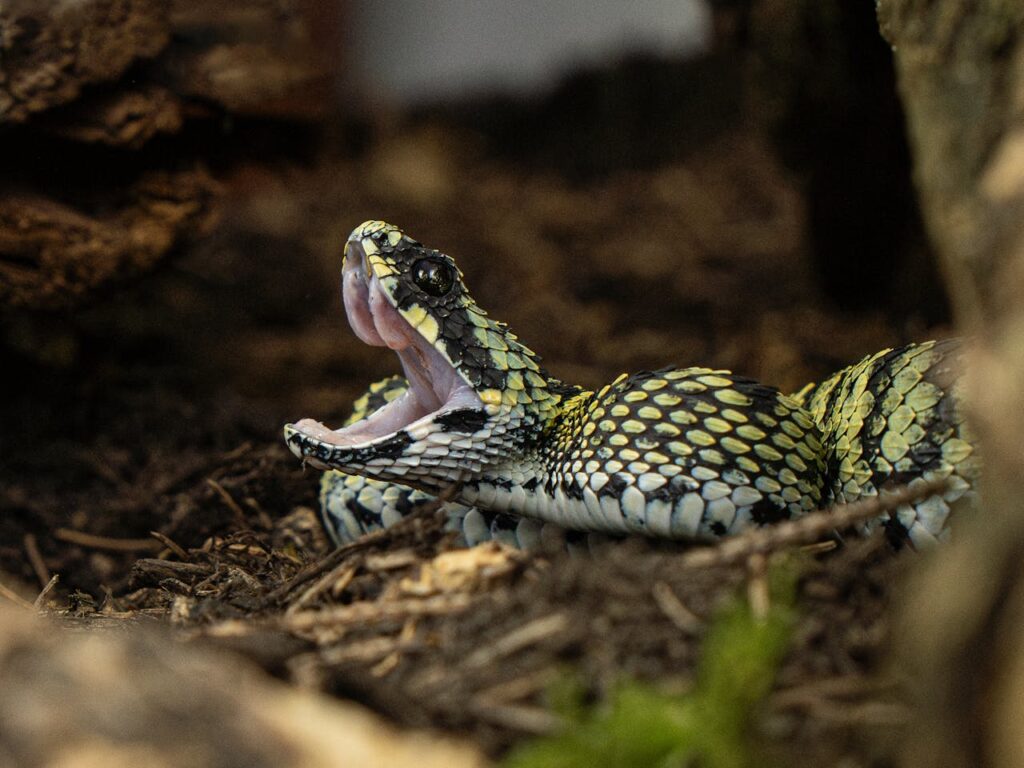
Many pit vipers showcase a remarkable dual-sensing hunting strategy that combines vibration detection with infrared heat sensing. Species like rattlesnakes and copperheads possess specialized heat-sensing pits located between their eyes and nostrils that can detect temperature differences as small as 0.003 degrees Celsius. When these snakes detect ground vibrations indicating potential prey, they simultaneously employ their heat-sensing capabilities to create a more complete picture of their target’s location and size. This multi-sensory approach provides these predators with extraordinary accuracy when striking, even in conditions of complete darkness or when prey is partially hidden. Research indicates that pit vipers can integrate these different sensory inputs within their brains to create a comprehensive representation of their environment, similar to how humans combine visual and auditory information.
Evolutionary Adaptations for Ground Vibration Detection
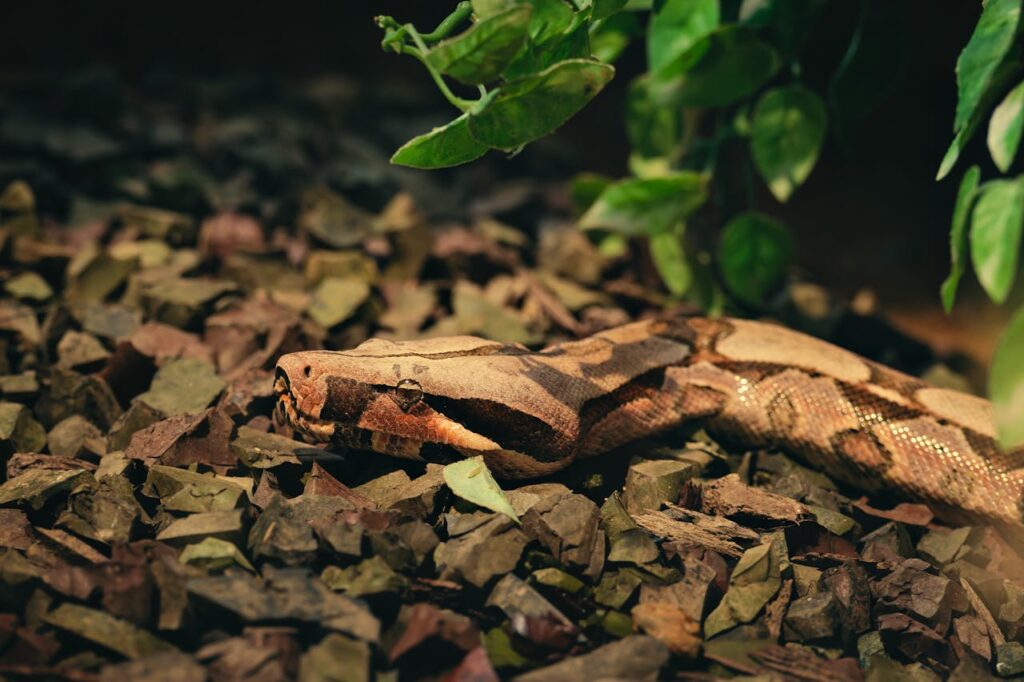
The ability to hunt using ground vibrations represents millions of years of evolutionary refinement. These specialized snakes have developed modified inner ear structures and unique jawbone configurations that amplify ground-borne vibrations. Their scales, particularly those on the ventral (belly) surface, have evolved to maximize contact with the ground while enhancing vibration transmission to sensory receptors. Some species have even developed specialized neural pathways that prioritize and process seismic information with extraordinary efficiency. Comparative studies of vibration-hunting snakes and their close relatives reveal gradual adaptations of the inner ear and jaw structures specifically for seismic sensing. These evolutionary modifications showcase the remarkable plasticity of snake anatomy in response to environmental pressures and hunting requirements.
The Role of the Jacobson’s Organ

While not directly involved in vibration detection, the Jacobson’s organ (or vomeronasal organ) works in concert with seismic sensing to create a multi-dimensional hunting approach. This specialized olfactory organ, located in the roof of a snake’s mouth, allows the snake to “taste” airborne particles collected on its flickering tongue. When a vibration-hunting snake detects potential prey through ground movements, it will often increase its tongue-flicking behavior to gather chemical information about the target. This complementary sensory system helps the snake confirm the prey’s identity, assess its size, and determine its precise location before committing to a strike. The integration of chemical sensing with vibration detection creates a remarkably effective hunting system that maximizes predatory success while minimizing energy expenditure.
Hunting in Complete Darkness
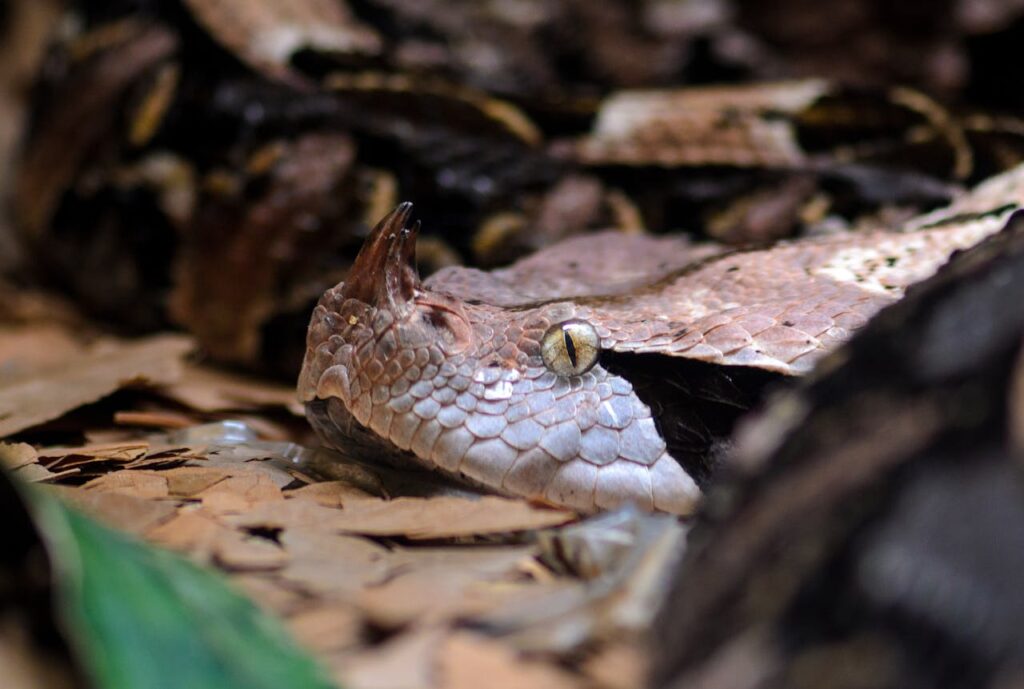
Perhaps the most impressive aspect of vibration-based hunting is that it functions with perfect efficiency in total darkness. Unlike visual predators that require at least some light to locate prey, vibration-hunting snakes operate with the same deadly precision day or night. This adaptation is particularly valuable for species that hunt prey with primarily nocturnal habits, like rodents and small mammals. Laboratory studies have demonstrated that when placed in completely darkened enclosures with prey, vibration-hunting specialists maintain the same strike accuracy and hunting success rates as they do in well-lit conditions. This independence from visual cues represents a significant evolutionary advantage, effectively doubling potential hunting hours compared to strictly visual predators.
The Desert Horned Viper’s Ambush Technique

The desert horned viper (Cerastes cerastes), native to the sandy deserts of northern Africa and the Middle East, exemplifies ambush predation guided by vibration detection. These distinctive snakes, recognized by the horn-like scales above their eyes, employ a unique “sidewinding” locomotion to move across loose sand without leaving typical snake tracks. When hunting, the horned viper buries its body in the sand with only its eyes, nostrils, and sometimes the horn-like scales visible above the surface. From this concealed position, the viper remains motionless, sometimes for days, while its body maintains constant contact with the substrate to detect approaching prey. When rodents, lizards, or birds create characteristic vibration patterns in the sand, the viper can strike with pinpoint accuracy from beneath the surface. This remarkable ability to interpret subtle vibrations allows the desert horned viper to thrive in one of Earth’s most challenging environments.
Cultural Significance and Human Perceptions

The seemingly supernatural ability of certain snakes to detect unseen prey has contributed to their mythological status in many cultures. In various Native American traditions, snakes were thought to possess magical powers that allowed them to locate hidden enemies or prey through spiritual means. The Hopi people of the American Southwest incorporated the rattlesnake’s extraordinary hunting abilities into religious ceremonies that honored the snake’s power. In parts of North Africa and the Middle East, the desert horned viper’s ability to emerge suddenly from the sand to strike unseen prey contributed to beliefs that these snakes possessed jinn-like qualities. Even today, the vibration-hunting capabilities of these specialized serpents continue to fascinate scientists and nature enthusiasts alike, inspiring technological innovations in seismic detection equipment.
Conservation Challenges for Specialized Hunters
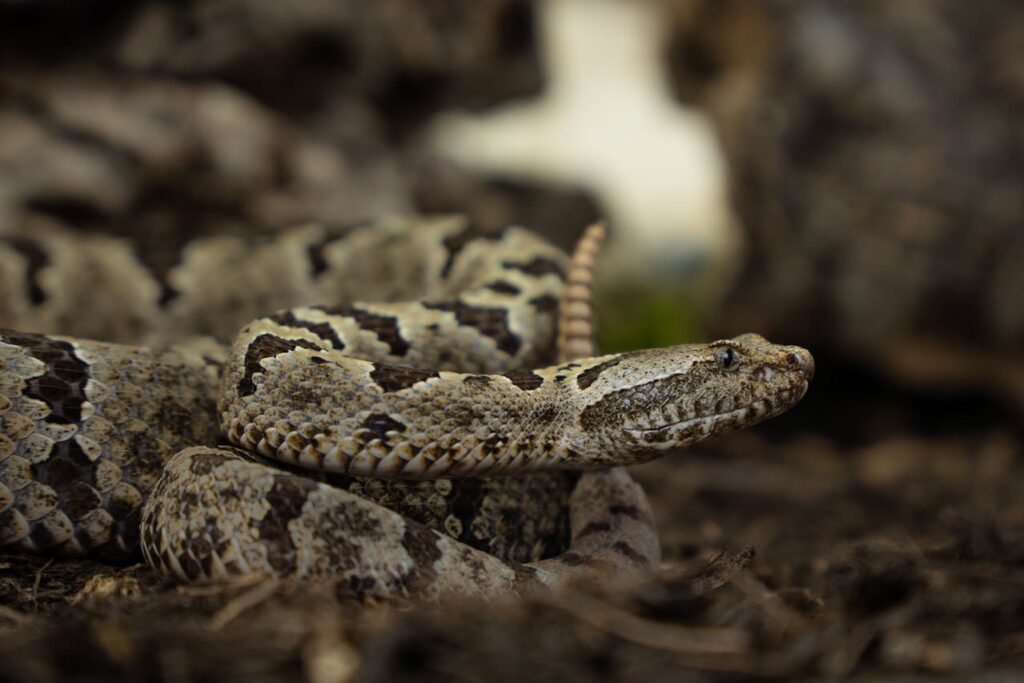
The highly specialized nature of vibration-hunting snakes makes them particularly vulnerable to certain environmental threats. Human activities that create constant ground vibrations, such as mining operations, heavy machinery use, or even recreational off-road vehicle traffic, can severely disrupt these snakes’ hunting capabilities by creating background “noise” that masks prey movements. Habitat fragmentation and urban development not only reduce available hunting grounds but can introduce artificial vibration sources that interfere with natural hunting behaviors. Climate change presents additional challenges, as shifting precipitation patterns alter soil composition and density, potentially affecting how vibrations propagate through the ground. Conservation efforts for these specialized hunters must consider these unique sensory requirements, preserving not just physical habitat but also the quieter “vibrational environment” these remarkable predators require.
Technological Inspiration from Nature

The extraordinary vibration-sensing capabilities of specialized hunting snakes have inspired numerous technological innovations across different fields. Military and security researchers have developed ground-based sensor arrays that mimic snake seismic detection to monitor border crossings or unauthorized movement in sensitive areas. Earthquake early-warning systems have incorporated principles from snake vibration detection to improve sensitivity and reduce false positives. In the field of robotics, engineers have designed search and rescue robots with snake-like bodies and vibration sensors capable of detecting survivors trapped under rubble following disasters. Medical researchers have even applied principles from snake seismic sensing to develop improved haptic feedback systems for minimally invasive surgical tools. These biomimetic applications demonstrate how understanding these remarkable natural adaptations can lead to significant technological advancements that benefit human society.
Future Research Directions
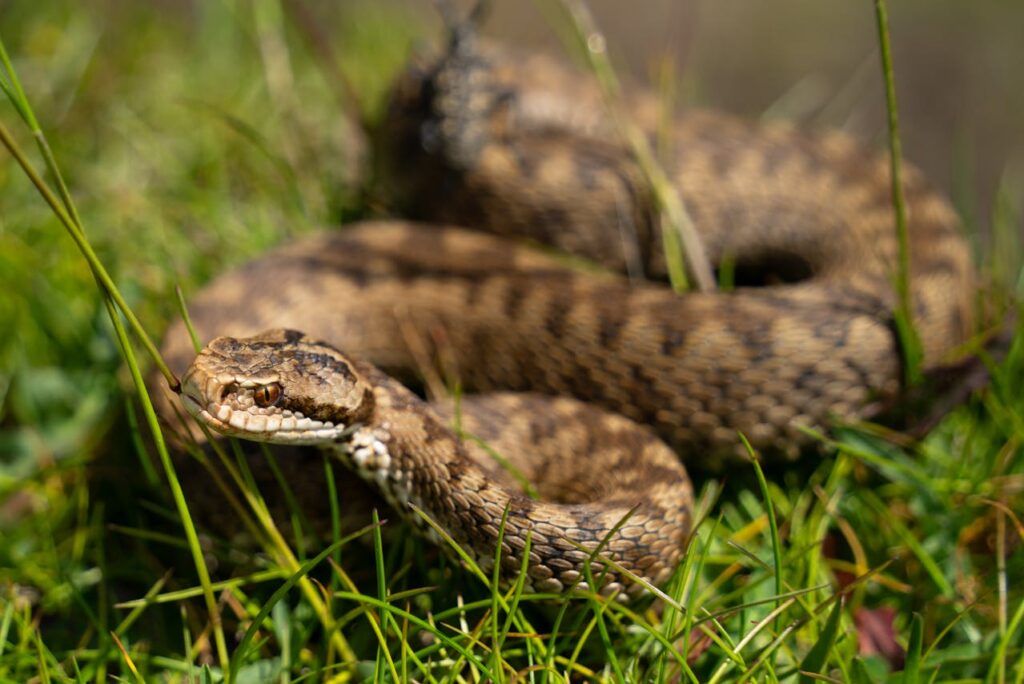
The complex mechanisms behind vibration-based hunting continue to intrigue scientists, with several promising research directions emerging in recent years. Neurobiologists are using advanced imaging techniques to map how vibration information is processed in snake brains, potentially revealing new insights about sensory integration. Behavioral ecologists are investigating how climate change might affect the transmission of vibrations through changing soil compositions, with potential implications for predator-prey dynamics. Engineers continue to study the physical properties of snake scales and internal structures to develop more sensitive artificial vibration detectors. Some researchers are exploring whether vibration-hunting snakes might be affected by increasing anthropogenic seismic activity, such as that created by hydraulic fracturing or urban development. As technology advances, our understanding of these remarkable hunters will likely deepen, revealing even more sophisticated adaptations than previously recognized.
In conclusion, the snakes that hunt using earthquakes and ground vibrations represent some of nature’s most sophisticated predatory specialists. Their remarkable ability to detect, interpret, and respond to subtle ground movements showcases the incredible diversity of evolutionary adaptations in the animal kingdom. From the sidewinder’s precision desert hunting to the sand boa’s subterranean ambushes, these serpents have perfected techniques that allow them to thrive in challenging environments where other predators might struggle. As we continue to study these fascinating creatures, they not only expand our understanding of sensory biology but also inspire new technologies that benefit human society. In a world increasingly dominated by visual and auditory stimuli, these silent hunters remind us that there are other ways of perceiving reality – sometimes, the most remarkable insights come not from what we can see, but from what we can feel.

